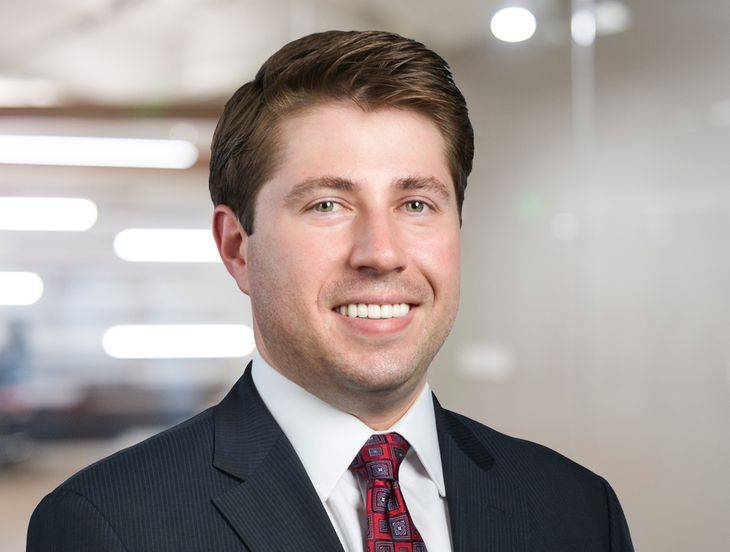The Battle Over “Frequency of Pay” Claims in New York Continues: 3 Top Issues for Employers to Track
Insights
3.22.24
The legal landscape for “frequency of pay” claims involving manual workers in New York has recently been bubbling with activity. The state law at issue regulates the frequency in which “manual workers” must receive their wages and mandates weekly pay for workers who fall under the broadly defined term. In 2019, the First Department – which hears appeals from Manhattan and the Bronx – recognized a worker’s right to sue and recover approximately half their wages as liquidated damages under this law, causing a surge of individual and class-action lawsuits and exposing employers to significant financial liability and windfall settlements. But in a separate case earlier this year, the Second Department – which hears appeals from other areas of New York City and beyond – rejected a private right of action for such claims. While this was good news for employers, the Second Department’s ruling is now being challenged, and a handful of federal courts have chosen to stand by the First Department’s employee-friendly interpretation. There has also been executive action to potentially amend and clarify the law – but in the meantime, employers are uncertain about a significant and potentially very costly issue. All of this highlights the importance of staying updated on the ongoing battle. Here are the top three issues you should be tracking and what you can expect next.
1. Will the Favorable Decision for Employers Stand?
Back in January, the Second Department issued its decision in Grant v. Global Aircraft Dispatch, which gave employers a tool to challenge frequency of pay claims. You can read more about the frequency of pay dispute here. In Grant, the Second Department held, in contrast to the First Department in Vega v. CM and Associates Construction Management, LLC that:
- there was no express private right of action or entitlement to damages under NYLL § 198(1-a) because paying an employee’s full wages on the agreed-upon biweekly basis did not constitute a nonpayment or underpayment of wages; and
- the legislative scheme did not support a finding of an implied right of action.
But will the Second Department’s decision stand? The plaintiff in Grant wants to reargue the case before the Second Department, or alternatively, appeal the decision to the New York State Court of Appeals, the state’s highest court. The plaintiff faces a high burden to be able to reargue the case, needing to show that the court “overlooked” or “misapprehended” certain points. It is not sufficient for them to simply try to reargue issues previously decided.
An appeal is a more likely scenario, as the Court of Appeals is authorized to hear issues involving a conflict among the appellate division departments — which clearly exist here between the First and Second Departments. The Court of Appeals may also hear cases when “the issues are novel or of public importance,” which also arguably exist here given the groundswell of litigation and public comment regarding the frequency of pay issue.
2. Will Any Relevant Legislation Emerge on Limiting Liquidated Damages for Employees?
Governor Hochul proposed legislation in the FY 2025 New York State Executive Budget that would deny liquidated damages if the employee was paid in accordance with the agreed terms of employment, but at least semi-monthly.
If this proposal is enacted during the budget process, the language of the amendment will arguably cut off the ability to recover liquidated damages for even pending cases. For reasons unexplained in their responses to the Governor’s proposal, both the Assembly and State Senate rejected the proposed limitation.
The Assembly response simply stated that it rejects the “proposal to exempt certain violations relating to frequency of pay requirements for employers of manual workers from being subject to liquidated damages.”
Notably, the State Senate seemed to support the interpretation that a private right of action for frequency of pay claims exists, responding that it rejected the removal of the “allowance of liquidated damages in instances where a manual worker is paid bi-weekly instead of weekly, as currently required under Labor Law.”
However, the State Senate did not completely shut the door to considering the proposal, adding in its response that it was open to further discussing the issue of liquidated damages in such instances. The deadline for the state budget is April 1, so we will soon find out if any relevant legislation will emerge from the budgetary process.
3. Will Federal Courts Continue to Support the First Department’s Ruling?
In the few months that have passed since the Grant decision, a handful of federal district courts issued rulings weighing in on the split between the First and Second Departments. The first of these cases, stemming from the Southern District of New York, sided with Vega, and as of this writing five other decisions have followed suit.
However, one judge in the Western District of New York recently sided with Grant, ruling that there was no private right of action for a frequency of pay claim. One judge in the Southern District of New York is even exploring whether to press pause on a decision until the Court of Appeals weighs in and addresses the department split.
What’s Next?
Frequency of pay claims have been in the spotlight over the last few years, which is unlikely to change unless the Court of Appeals weighs in favorably for employers. For now, with the Grant decision, employers have a new tool in their arsenal to effectively argue that no private right of action exists.
Unfortunately, most federal judges thus far have not been persuaded. Hanging over all of this is potential legislation that could also stop these cases in their tracks, but the success of legislation that has been proposed so far does not look promising.
Conclusion
We will continue to monitor developments surrounding the frequency of pay issue – including any potential legislative fixes in the state’s budget. So make sure you are subscribed to Fisher Phillips’ Insight System to get the most up-to-date information directly to your inbox. If you have questions about this bill and whether your policies comply with workplace and other applicable laws, contact your Fisher Phillips attorney, the authors of this Insight, or any attorney in our New York City office.
Related People
-
- Kathleen McLeod Caminiti
- Partner and Co-Chair, Wage and Hour Practice Group
-
- Amanda M. Blair
- Associate
-
- Brian J. Gershengorn
- Co-Regional Managing Partner
-
- Seth D. Kaufman
- Partner
-
- Sarah Wieselthier
- Partner




